2018 has been a stunning year for me when we talk about books and reading, and here’s a selection of recreational non-fiction titles that I have enjoyed in the back half of 2018 and that you too can enjoy over the New Zealand summer season!
 First up; an audiobook! A Collection of Conversations With Richard Fidler Volume 3
First up; an audiobook! A Collection of Conversations With Richard Fidler Volume 3
Volume 3 is another outstanding collection of conversations with Australian ABC Arts journalist and author Richard Fidler. His genius with interviewing technique unwraps some amazing stories from people who have done amazing things with their lives. The common thread among all of these interviewees is their passion for continued learning, their curiosity about the world, and their passion for life. In this volume we hear from a blind woman who navigates by sonar, a Bundjalung woman who rose to become one of Australia’s brightest lights, a man who spent 10 years alone in the bush before gaining a doctorate while being homeless, the animalistic life of comedian Bill Bailey, and many more fascinating stories. A great summer’s day listening at the bach, maybe with a glass of something refreshing…
 Next we have the soon-to-be-considered-classic work of Philip Hoare Leviathan, Or, The Whale
Next we have the soon-to-be-considered-classic work of Philip Hoare Leviathan, Or, The Whale
I was lucky enough to see/hear Philip Hoare speak at this year’s Word Christchurch festival, and it was the realisation of a dream that I didn’t know I had – to meet the man who has had me mesmerised with his writing about the sea and natural science too often to count. Philip Hoare writes of the sea in such powerful and beautiful language. This particular book is his own graceful exploration of whales, their place in our world, our human history interacting with them, and the perils that they face at the hands of humanity and environmental changes. A book to read slowly, embracing every sentence for its beauty and poetic brilliance.
 In completely the other direction, 2018 was the year I discovered this book from long ago – Wisconsin Death Trip
In completely the other direction, 2018 was the year I discovered this book from long ago – Wisconsin Death Trip
This book is a surreal journey about the real events surrounding the town of Black River Falls, Wisconsin way back in the 1890s. Over a decade or so the townsfolk underwent what can only be called a mass-mania with incidents of murder, arson, infanticide, institutionalisation, and all manner of other horrors. These stories are told through archival newspaper reports and the most astonishing images taken from glass-plate negatives taken during the time. Haunting images and crazy stories… an amazing piece of captured history.
 And perhaps in the lead up to Christmas you could indulge in a British custom and read about the history of the Royal Institute’s Christmas Lectures 11 Explorations Into Life on Earth
And perhaps in the lead up to Christmas you could indulge in a British custom and read about the history of the Royal Institute’s Christmas Lectures 11 Explorations Into Life on Earth
A very compelling volume of short accounts of the sessions delivered by many noted British scientists including Richards Dawkins and the great David Attenborough himself. These lectures were aimed to get kids excited about science and they are very entertaining and informative – you’ll love them too!
And the last title I’ll share with you is a micro-history. A micro-history is a work which focuses on one very specific piece of human or natural history. In the past I’ve enjoyed brilliant micro-histories like Salt by Mark Kurlansky – the amazing story of the most popular food seasoning in the world, or The Surgeon of Crowthorne by Simon Winchester (a repeat offender when it comes to micro-histories!) – an account of a madman who made the most significant contribution to the English language dictionary. I may one day write a blog just about the amazing world of micro-histories (Alina has done a very good microhistories list to start with) but for this time it’s all about Krill in The Curious Life of Krill.
 This is a fascinating read about one of the most bountiful and important food sources in the Earth’s oceans. Written with an expert’s mind and a writer’s sense of storytelling this is a most enlightening read. Krill; they’re not as small as you think, and they are almost definitely the most important link in the food chain for life on Earth. Great read. Cool creatures. Think of them when you’re BBQ-ing your prawns this Christmas! 🙂
This is a fascinating read about one of the most bountiful and important food sources in the Earth’s oceans. Written with an expert’s mind and a writer’s sense of storytelling this is a most enlightening read. Krill; they’re not as small as you think, and they are almost definitely the most important link in the food chain for life on Earth. Great read. Cool creatures. Think of them when you’re BBQ-ing your prawns this Christmas! 🙂
And that’s the back half of my 2018 reading in recreational non-fiction. These are not all the titles that crossed my path but definitely the most interesting and the ones I would like to share the most.
Happy Christmas season to y’all and happy reading for the rest of 2018!

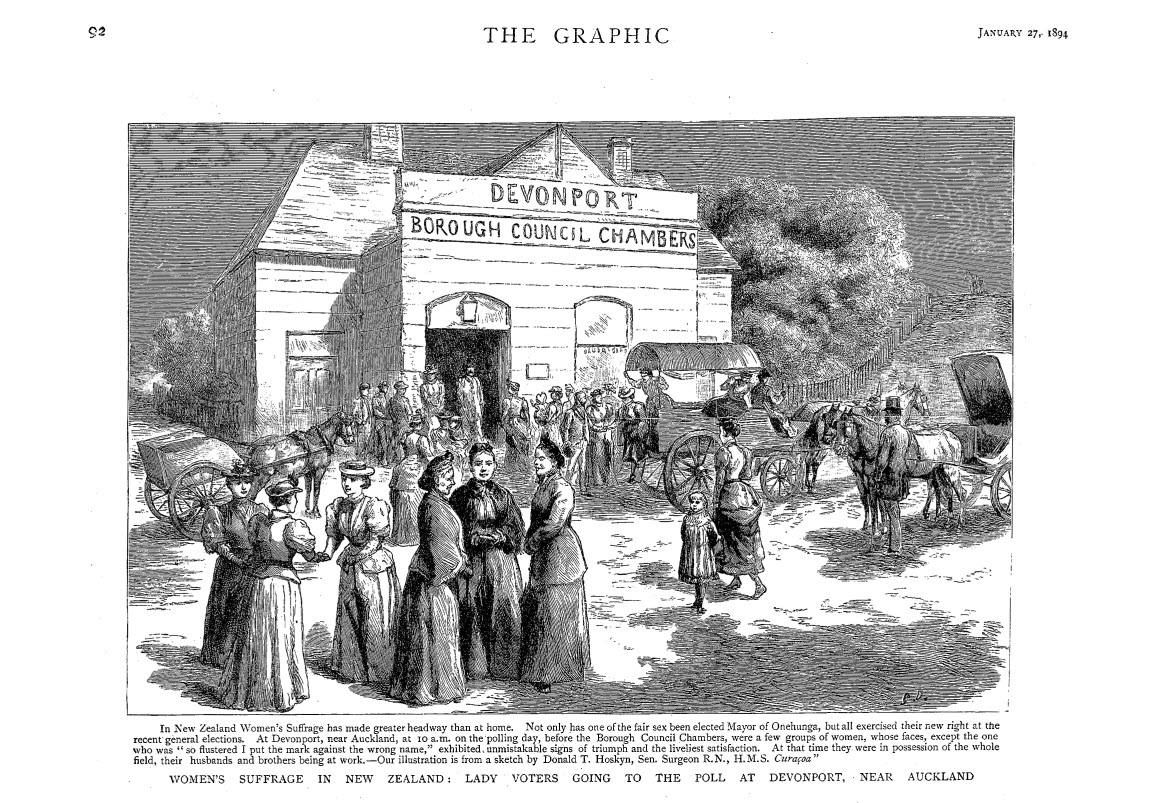

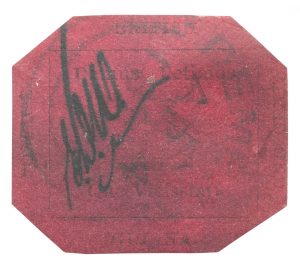






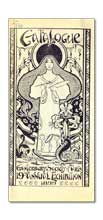
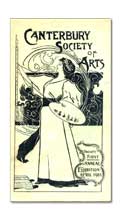
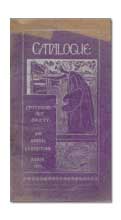


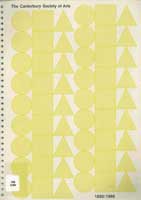

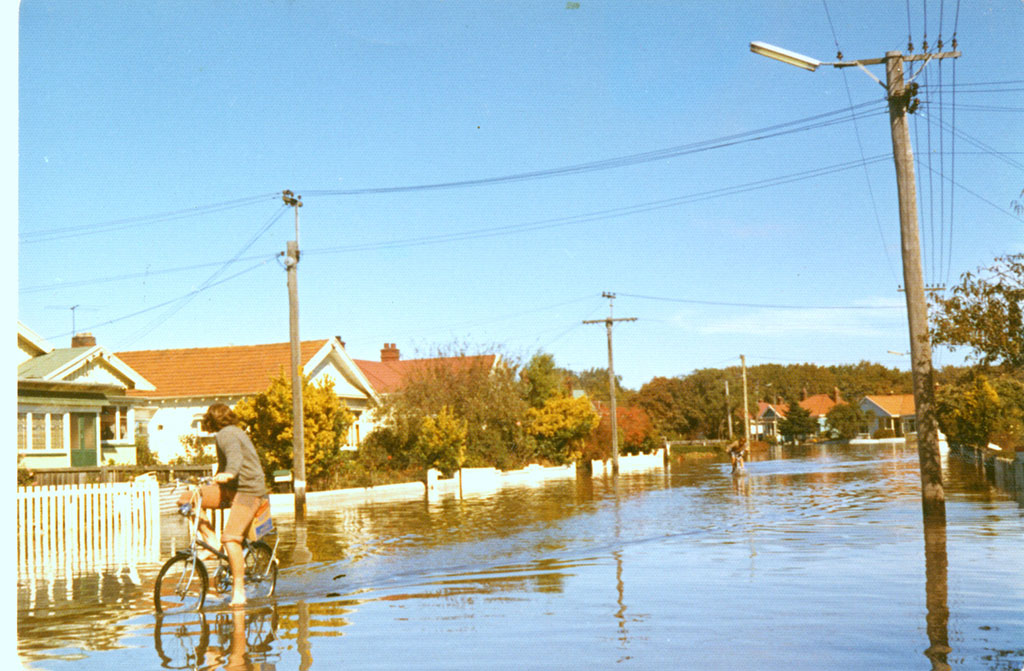

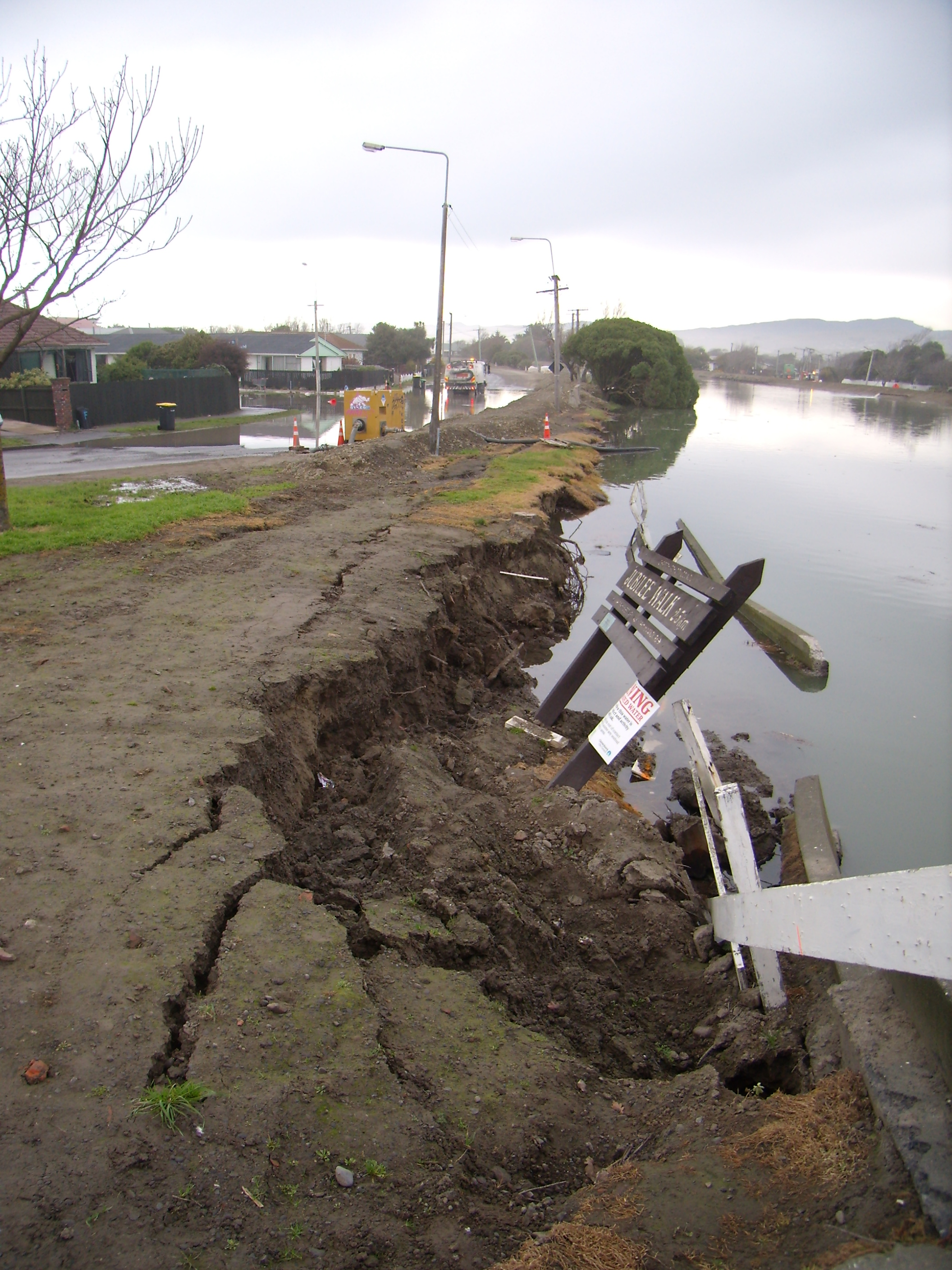
![The Waimakariri River in high flood the stop banks have broken and inundated the countryside, the Main North Road is under water. [1926] CCL PhotoCD 14 IMG0090](https://christchurch.bibliocms.com/wp-content/uploads/sites/5/2017/07/IMG0090-1.jpg)






